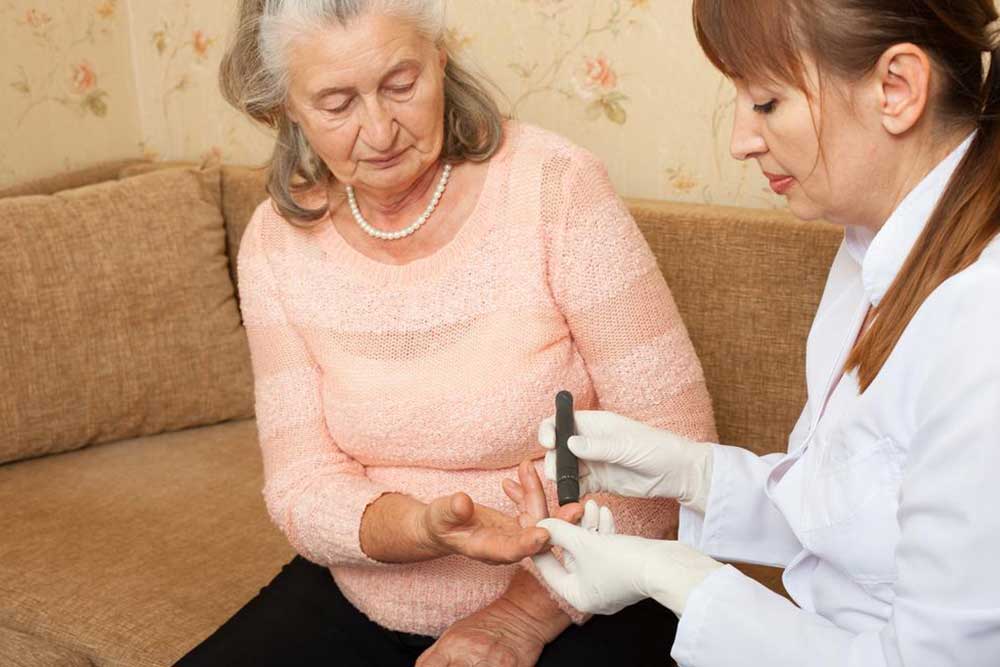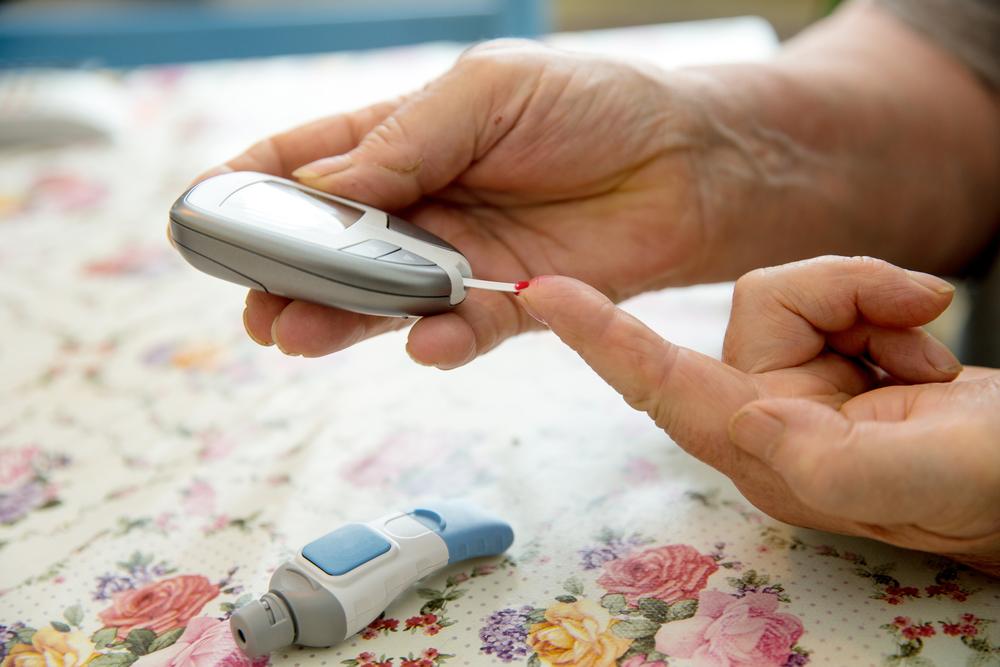Comprehensive Guide to Juvenile Diabetes: Causes, Symptoms, and Management Strategies
Juvenile diabetes, or Type 1 diabetes, is a chronic autoimmune condition where the pancreas produces little or no insulin. Recognizing symptoms like frequent urination, thirst, and weight loss is key to early diagnosis. Causes include autoimmunity, genetics, and environmental factors. Management involves insulin therapy, lifestyle adjustments, and continuous monitoring to prevent complications. Advances in treatment options have significantly improved patients' quality of life. Understanding the causes and symptoms helps in early intervention, ensuring affected youths can maintain healthy, active lives despite their condition.

Comprehensive Guide to Juvenile Diabetes: Causes, Symptoms, and Management Strategies
Juvenile diabetes, more accurately known as Type 1 diabetes, is a metabolic disorder characterized by the body's inability to produce adequate insulin due to autoimmune destruction of pancreatic beta cells. Insulin plays a vital role in managing blood glucose levels by facilitating its uptake into cells for energy production and storage. The condition often appears during childhood or adolescence but can also develop in young adults. Although medical science has not yet discovered a complete cure for Type 1 diabetes, management revolves around meticulous lifestyle adjustments, insulin therapy, and continuous blood sugar monitoring to prevent complications and lead a healthy life.
Recognizing the common signs and symptoms:
Frequent urination, especially during night hours
Persistent thirst and increased hunger despite adequate food intake
Unintentional weight loss over a short period
Mood swings, irritability, and difficulty concentrating
Blurred vision and eye problems
Persistent fatigue, weakness, and lack of energy
Understanding the potential causes:The exact origins of juvenile diabetes are still not fully understood. The leading hypothesis points to an autoimmune response where the body's immune system mistakenly attacks the insulin-producing beta cells in the pancreas. Genetic predisposition plays a significant role, with certain HLA gene variants linked to increased risk. Viral infections, particularly enteroviruses, have also been suggested as potential triggers. Environmental factors, including dietary influences and exposure to specific toxins, may contribute to the onset of the disease, although more research is needed in this area.
Role of Insulin in the Body
- Insulin is produced and secreted by the beta cells in the pancreas into the bloodstream.
- It facilitates the uptake of glucose by body tissues such as muscles and fat cells, promoting energy production.
- Insulin also stimulates the liver to convert excess glucose into glycogen for storage.
- When insulin levels decline or the body can't respond properly, blood glucose begins to rise, leading to hyperglycemia.
Glucose Metabolism Explained
- Glucose is derived from the carbohydrates we eat and from the liver's stored glycogen.
- After consumption, glucose enters the bloodstream and is utilized by cells for energy; any surplus is stored as glycogen or fat.
- In healthy individuals, insulin ensures blood glucose remains within a normal range. But in types of diabetes like Type 1, the lack of insulin causes glucose to accumulate in the blood, leading to various health complications.
Identifying Risk Factors
- Family history is a significant risk factor, especially if immediate relatives such as parents or siblings have diabetes.
- Certain genetic markers and predispositions increase susceptibility.
- Living in regions farther from the equator has been linked to a higher incidence, possibly related to environmental or lifestyle differences.
- Early childhood factors and environmental exposures during pregnancy may also influence risk levels.
Managing juvenile diabetes demands an integrative approach involving regular blood sugar testing, balanced nutrition, physical activity, and insulin therapy. Advances in medical technology, including insulin pumps and continuous glucose monitors, have dramatically improved quality of life for affected individuals. Education and support play a crucial role in helping young patients adapt to their condition and avoid potential complications such as diabetic ketoacidosis, cardiovascular issues, and nerve damage. Recognizing early symptoms and understanding the causes are essential for timely diagnosis and effective management, ultimately enabling juveniles to lead active and fulfilling lives despite their condition.





